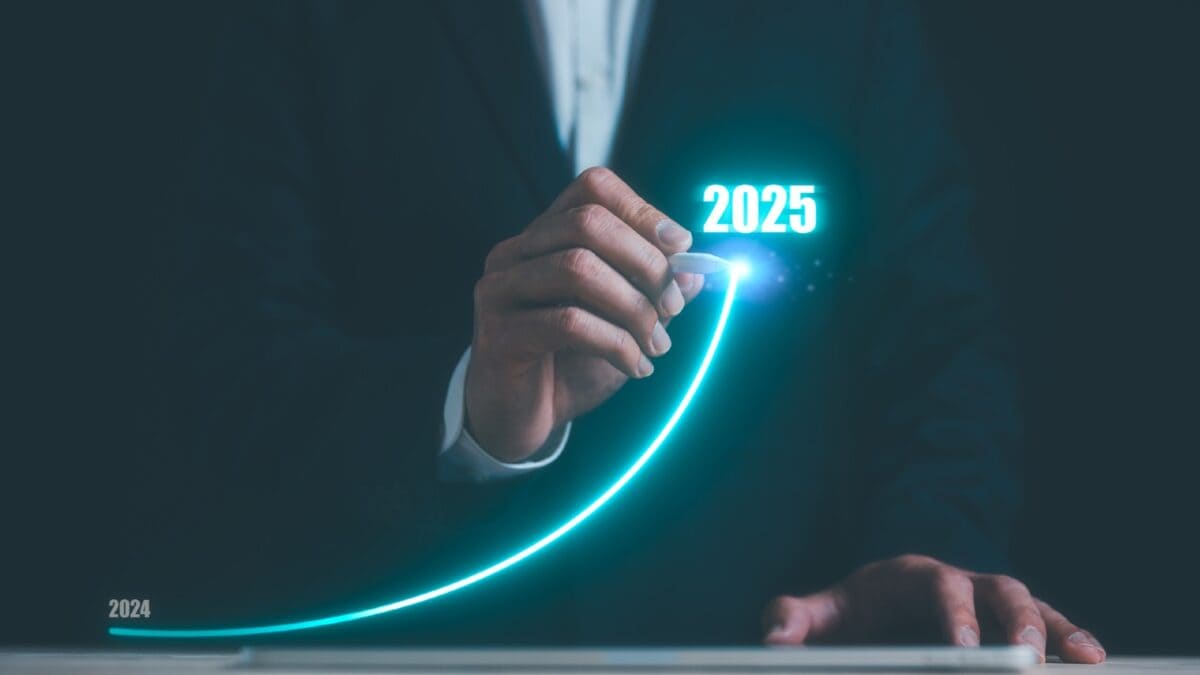Unlock the Editor’s Digest for free
Roula Khalaf, Editor of the FT, selects her favourite stories in this weekly newsletter.
Nvidia’s market value rose past $3tn to overtake Apple on Wednesday as the world’s second-most valuable company, following a year of incredible growth driven by demand for its artificial intelligence chips.
The US chip designer’s shares rose about 5 per cent to push its market capitalisation ahead of Apple for the first time — ending the day at $3.01tn, according to Bloomberg data, marginally ahead of Apple’s $3tn. The iPhone-maker lost its spot as the most valuable listed company to Microsoft earlier this year.
Investors have flocked to Nvidia’s stock as tech groups such as Google, Microsoft and Meta spend billions of dollars on its chips, with no indication that their spending spree will slow in the near future.
Nvidia’s data centre chips power the AI models that chief executive Jensen Huang has claimed will spur a new “industrial revolution”, transforming global business with productivity-enhancing features.
The company delivered another blockbuster earnings report in May, with revenues up 262 per cent year on year, thanks largely to sales of its current generation “Hopper” chips. It also announced a 10-for-one stock split, which goes into effect on June 7.
Nvidia has single-handedly driven more than a third of the gains this year in Wall Street’s benchmark S&P 500 index, according to Bloomberg data, raising fears in some quarters of an unsustainable bubble. The S&P 500 rose 1.2 per cent on Wednesday and is up 12.3 per cent year to date.
Still, Nvidia’s bumper earnings and repeated upgrades to forecasts mean the company’s valuation is not at an all-time high when measured as a ratio of either its historic or expected profits.
On Wednesday it was valued at about 42 times its expected earnings over the next 12 months. That is up from about 23 times forward earnings at the start of the year and is well above Apple’s 29x — although that is below the peak it hit during the height of the first wave of AI euphoria last year.
“The benefit they have is they’re one of very few companies that can actually prove AI revenues,” said Stuart Kaiser, head of US equity trading strategy at Citigroup. “The higher [the stock] gets and the further you get into this revenue cycle the more the risks increase, but so far it looks pretty clean.”
Despite moves by rivals such as AMD and Intel to capture some of Nvidia’s market share, it remains the undisputed leader in the global technology race to offer the most advanced hardware for increasingly demanding AI workloads, as well as the software tools to build AI applications.
Huang has promised a “one-year rhythm” of new chips, and unveiled Nvidia’s “Blackwell” products in March. Huang has said they would generate “a lot” of revenue this year — sooner than many analysts had forecast.
And in a surprise move at Taiwan’s Computex conference over the weekend, Huang also teased the following generation of “Rubin” processors, which will start shipping in 2026.
Apple is holding its annual Worldwide Developers Conference on June 10, where chief executive Tim Cook is expected to set out the company’s own plan for integrating generative AI features into its products.
Apple has so far been left out of the market hype around generative AI that has boosted shares of its rivals. Sales of its iPhones are also down year on year, partly due to resurgent competition in China.
But Cook has said he was “bullish” about its prospects in AI, and Apple’s shares have also recovered from a slump at the start of the year, with it announcing a larger than expected $110bn share buyback in May.
Credit: Source link














